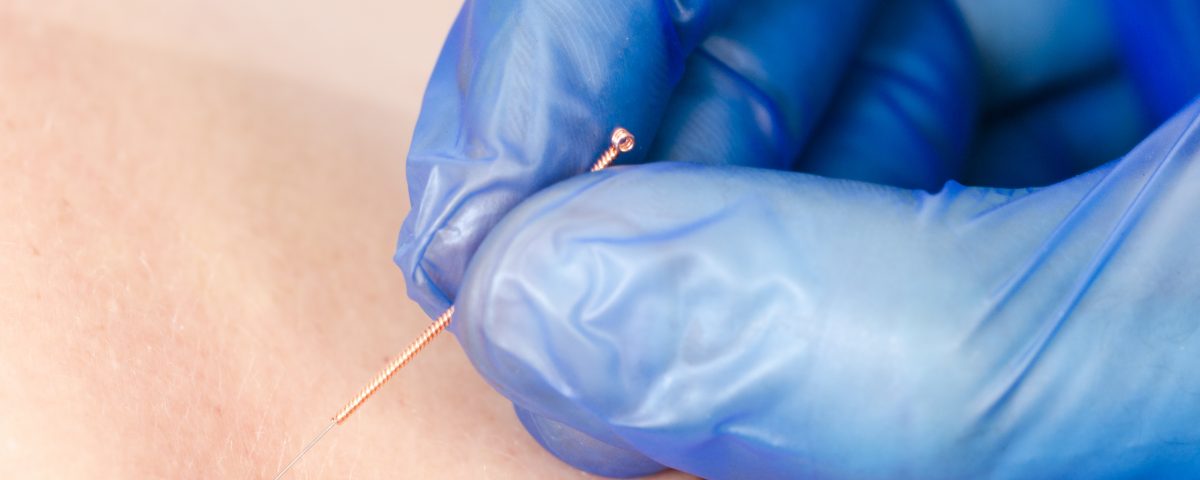Why I want to “Needle” You

I made it through Breast Cancer Treatment so why is my shoulder sore?
May 5, 2016
Bladder Control Workshop
August 25, 2016Have you ever had a tight knot in your neck and you reach back to rub it with your fingers and roll over something that feels like a nodule? You push down on it and it hurts? Sometimes the pain is right under your fingers, but sometimes it radiates to the back of your head or down your arm? This tight band of tissue is called a trigger point. A fine filiform needle, (physical therapists call it a “dry” needle) is highly effective at deactivating and softening a trigger point. It’s called “dry” since the needle is not designed to deliver anything wet, like those used for injections. The technique is fast, the knot disappears, and it feels as though you’ve pushed the muscle’s reset button.
As a biomechanically-trained manual therapist, this tool has made a significant impact on my practice. My job is to get joints moving efficiently and without pain. Muscles surrounding an injured joint spasm and are often sore. Dry needling is a very effective method to keep muscle irritation out of the equation so I can work with the joint. It also saves time and the unwanted agony that comes with me kneading and digging on tight tissue. The needle is a tool and part of a multifaceted approach to care which includes joint mobilization and functional exercises. In my experience, it can cut the number of PT visits a patient needs in half which translates to reduced patient out-of-pocket expenses.
We continue to learn more and more about this tool yet are still unsure precisely how it works. I have seen excellent responses in individuals who have complex pain arising from chronic conditions such as headaches, pelvic floor pain, carpal tunnel syndrome and plantar fasciitis. So, if your PT thinks you may benefit from dry needling, let them take a “stab” at it. The results may surprise you.
Our national organization, the American Physical Therapy Association (APTA), published this informative piece about dry needling one year ago. In addition to sharing the debate surrounding acupuncture, emerging research and references, it contains a compelling account of a woman suffering from chronic pain and her journey from being in a wheel chair to walking. Her physical therapist used dry needling as an essential part of her treatment that led to her recovery.

